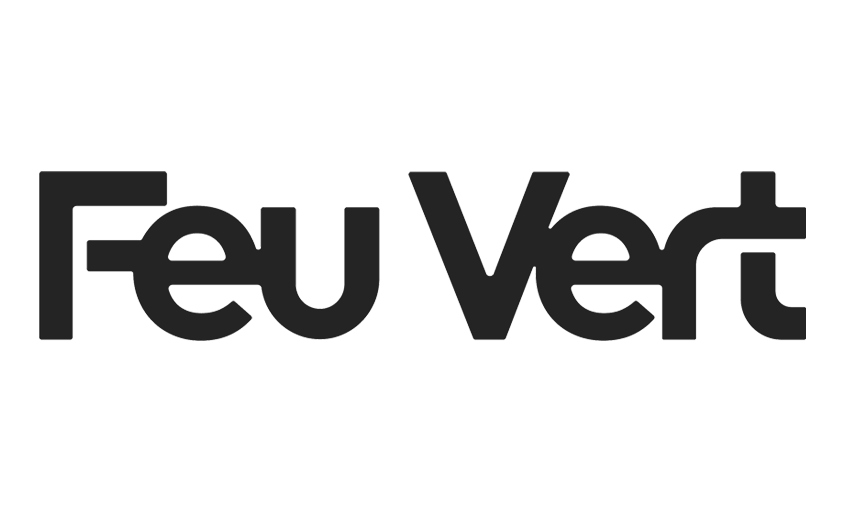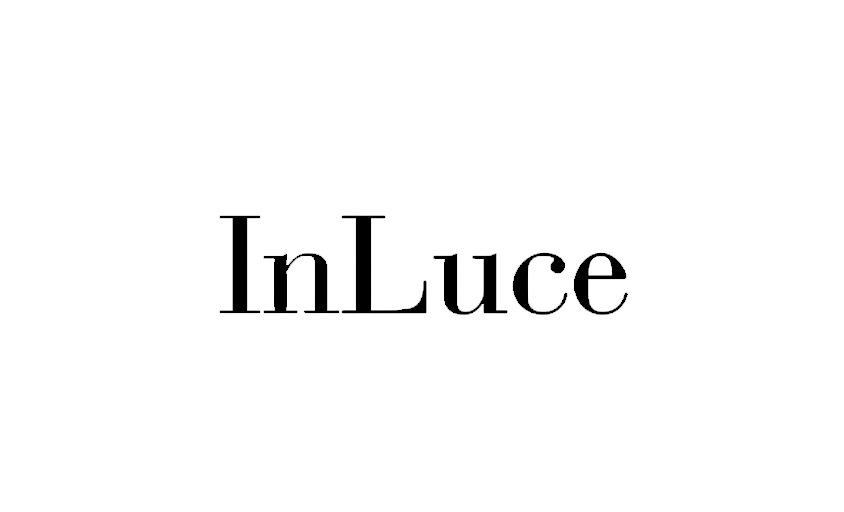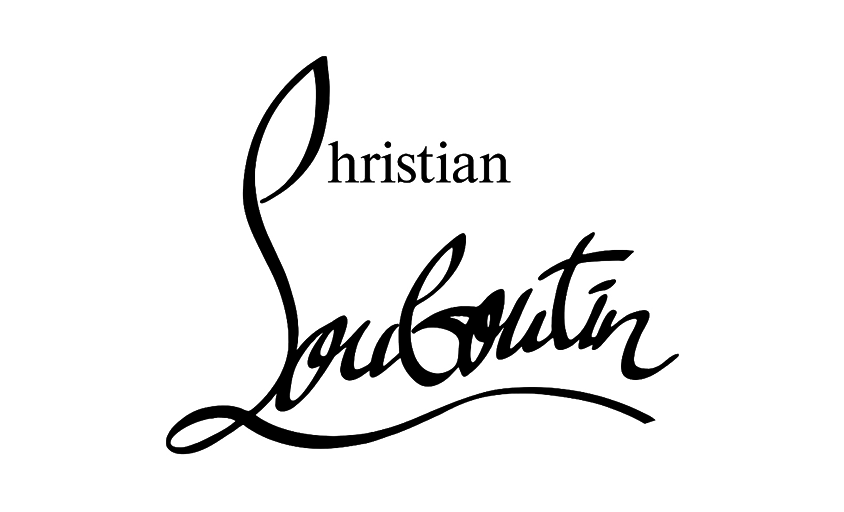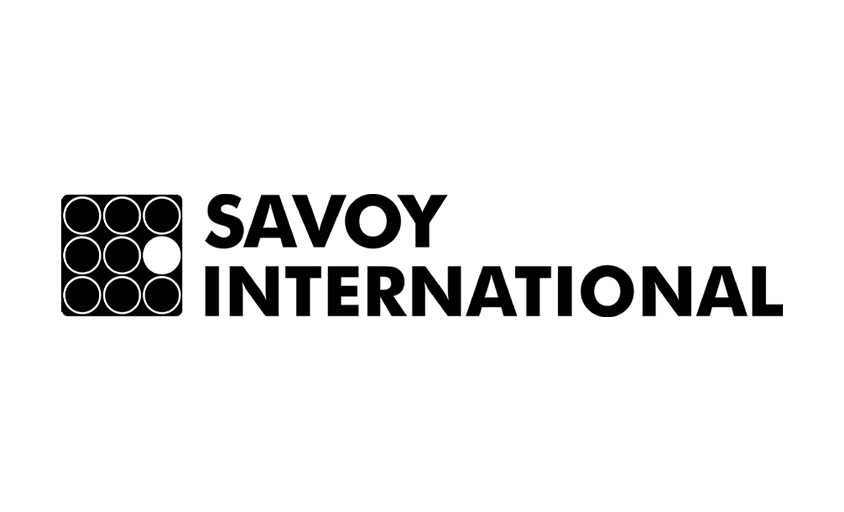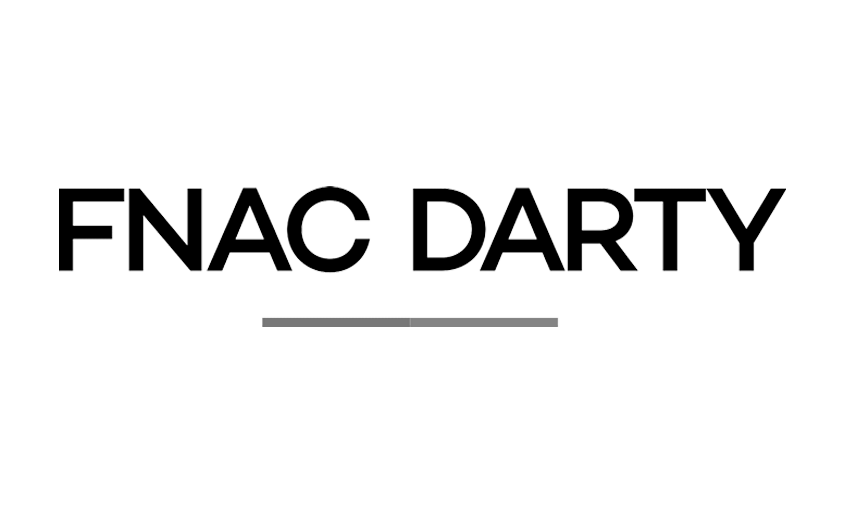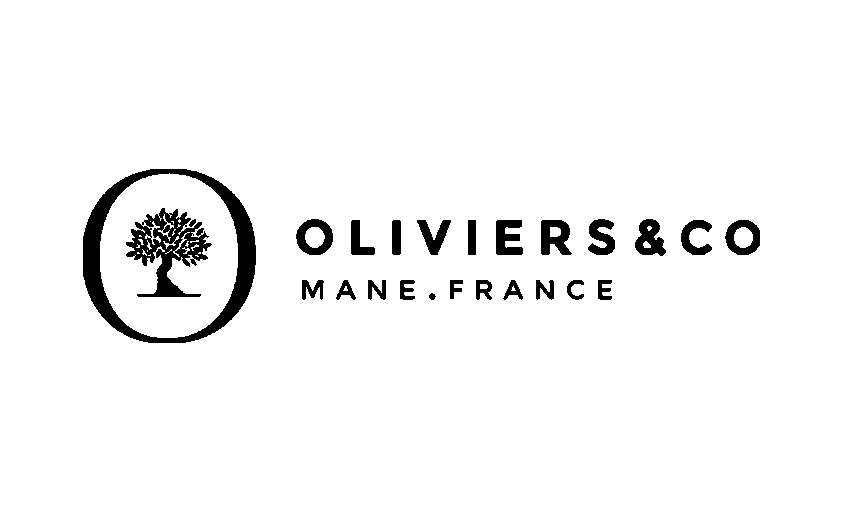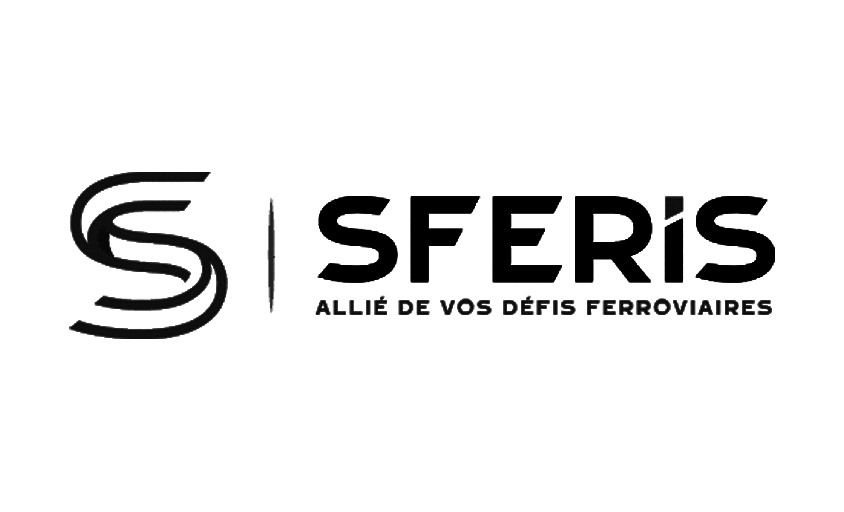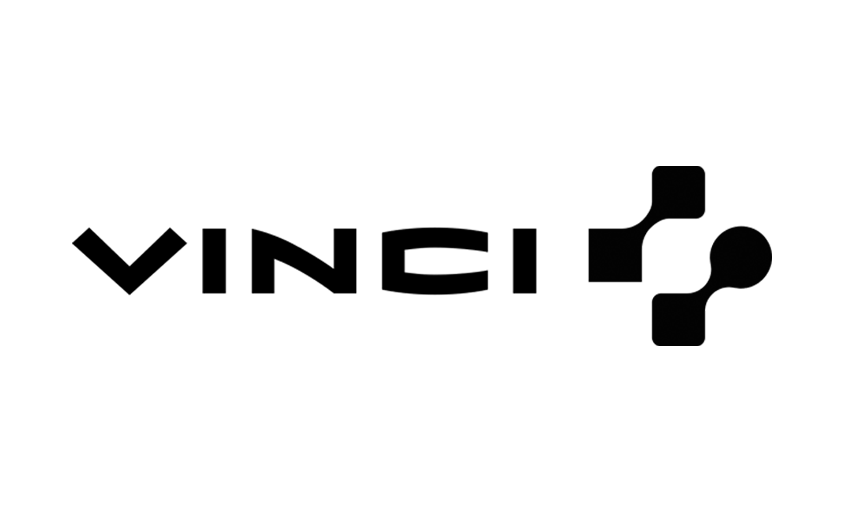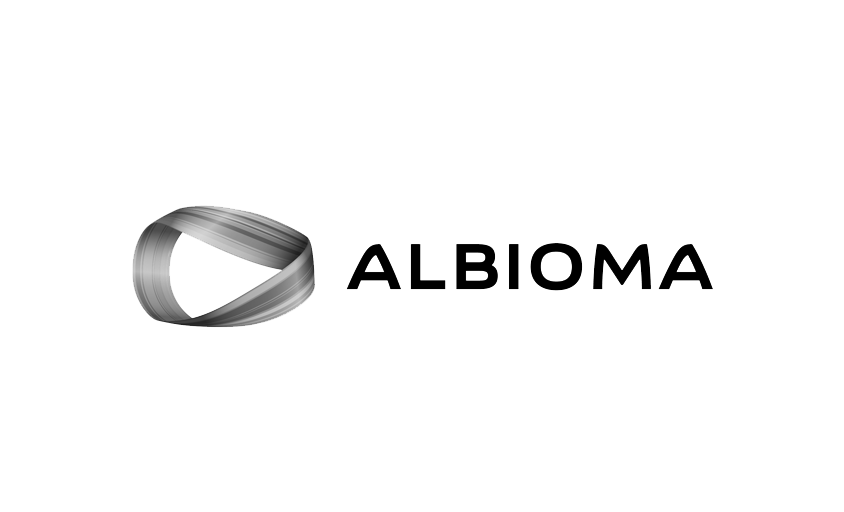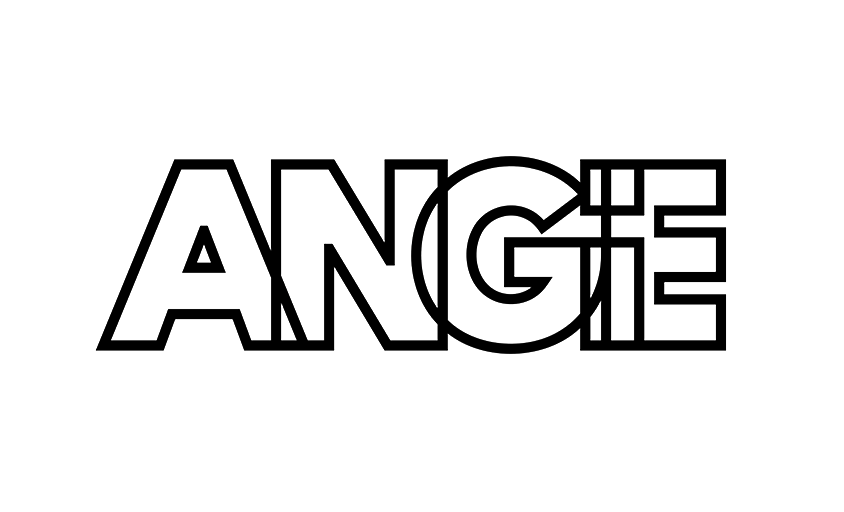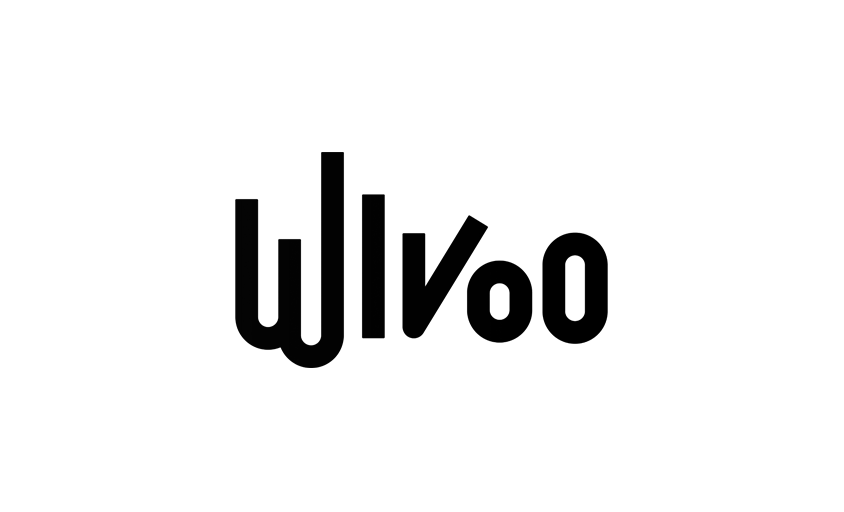Art Direction in Photography
In this article :
In a world saturated with images, art direction is what makes a photograph not just beautiful, but meaningful. Meaningful in its message, in its form, in its impact. It’s not a luxury reserved for major campaigns, it’s the foundation of any coherent, strategic, and memorable image.
In the realm of professional photography, be it advertising, corporate, product, or editorial, art direction structures the visual intent, anticipates technical constraints, and guides the entire production. It serves as the bridge between a brand or client’s universe and the creation of effective, aesthetic, and aligned visuals.
At Rétines, we see art direction not as an optional extra, but as an essential step in crafting impactful imagery. It ensures that every image has a purpose, a personality, and added value.
Crafting a Clear Visual Intent
Before the first light is set or a product is placed on a background, art direction comes into play to frame the project. It begins well before the shoot, starting with the creative brief, and asks the fundamental question: Why this image? And more importantly: What should it evoke in the viewer?
Art direction works to clarify that intent. Is the goal to showcase a product, build a brand atmosphere, convey a premium positioning, or suggest a use case or universe? This intention becomes the project’s guiding thread. It influences aesthetic choices (lighting, framing, colors, textures) as well as practical decisions like output format, distribution channel, and image lifespan.
At this stage, the art director also collaborates with the client to translate the brief into a concrete visual direction. This means transforming a brand message, product promise, or emotion to be conveyed… into photographic language. This rigorous and precise work prevents many unnecessary revisions later in the process.
When done well, art direction doesn’t restrict creativity, it gives it purpose. And that purpose allows photographers, stylists, retouchers, and designers to move forward together, all aligned in the same direction.
On Set: Leading Without Locking Things Down
Once the intention is set, art direction moves into its most visible phase: execution on set. At this point, it’s no longer just a theoretical framework. It takes shape through every practical decision, every last-minute adjustment, every exchange between team members.
This is often where art direction proves its full value. It guides the staging: which background to use? What lighting? What level of contrast? Should the mood be cold and clinical or warm and immersive? Art direction answers these questions with a coherence that goes beyond aesthetics, it ensures the image speaks the same language as the brand.
This involves a series of micro-decisions:
- Styling: choosing the right props, the right fabrics, or knowing when to leave things minimal.
- Gesture (if a model is involved): giving a physical intention that supports the message.
- Composition: placing elements in the frame to draw the viewer’s eye where it needs to go.
- Monitoring screen tests: being able to decide, right there on set, whether what’s being captured aligns with the original direction.
But this conductor’s role isn’t rigid. On the contrary, a good art director knows how to adapt the staging to real-world constraints, a product that doesn’t catch the light well, a background that doesn’t work, an unexpected reflection… The direction stays true, but the navigation remains flexible.
What defines strong art direction during production is its ability to stay faithful to the original intent while adjusting to reality. It ensures that technical execution never overshadows meaning. And in a professional production, that role is irreplaceable.
After the Shoot
Art direction doesn’t disappear once the shoot wraps. It plays a key role in postproduction, where the focus shifts to selecting, adjusting, and refining the images. Without this guidance, even a well-shot series can quickly lose its strength and clarity.
The first step is curation. In a professional shoot, it’s rare that one perfect shot emerges instantly. The art director often steps in during the selection phase, not to choose the most beautiful image, but the one that best embodies the brief. This perspective helps eliminate aesthetic temptations that don’t serve the message.
Then comes retouching, which goes far beyond technical correction. Art direction sets the tone for realism versus stylization, should the look be smooth, bold, raw? What color tone should dominate? Retouching is calibrated to respect the intended mood. The art director approves color grading, contrast, and atmosphere. This is where visual consistency takes shape, especially when the series needs to be adapted for various formats or platforms (catalogs, billboards, social media, etc.).
Finally, art direction in postproduction ensures that the final visuals remain aligned with the brand’s identity. It guarantees that even a cropped or compressed image won’t betray the world defined earlier. This is a strategic role, it prevents subtle inconsistencies that could weaken the overall impact of a campaign.
In short, art direction in postproduction is what stops the final image from becoming just a technical execution. It ensures that each photo, each frame, remains anchored to a clear, legible intention. It’s a way of carrying the creative vision all the way through the production chain.
Conclusion
Art direction in photography is neither a decorative extra nor a marketing gimmick. It’s a structuring framework, a guiding line that gives meaning, coherence, and power to the image. It begins well before the first click, runs through every stage of the project (from brief to postproduction), and shows in every detail of the final result.
In a saturated visual landscape, art direction is what allows a photograph to stand out, not through special effects, but through intention. It guides the photographer, informs the stylist’s choices, shapes the lighting, approves a tone, and reinvents a frame. It bridges the desires of the client with the vision of the creator.
At Rétines, this approach is not optional, it’s an integral part of how we work. We believe that the value of a photograph isn’t measured in pixels alone, but in relevance, consistency, and impact.
That’s where art direction truly comes into its own: turning a simple image into a clear message, a visual signature, a lasting impression.
Jérémy Carlo is the editorial director at Rétines, where he ensures the consistency and clarity of all content produced by the studio.
Our Clients
Let’s discuss
What we do for you at Rétines
Meticulous work, an organised project and fast delivery. And to achieve this, we mobilise the right resources in our teams at the right time.
01
Pre-production
Artistic and technical direction tailored to the project.
Relevant recommendations on content, form and resources.
02
Photo Shooting
Photos taken by our experienced photographers.
Production that’s controlled, efficient and tailored to the needs of the project, with nothing superfluous.
03
Retouching
Technique
Photographs magnified by our retouching team.
Post-production to meet the commercial challenges of the brief.

